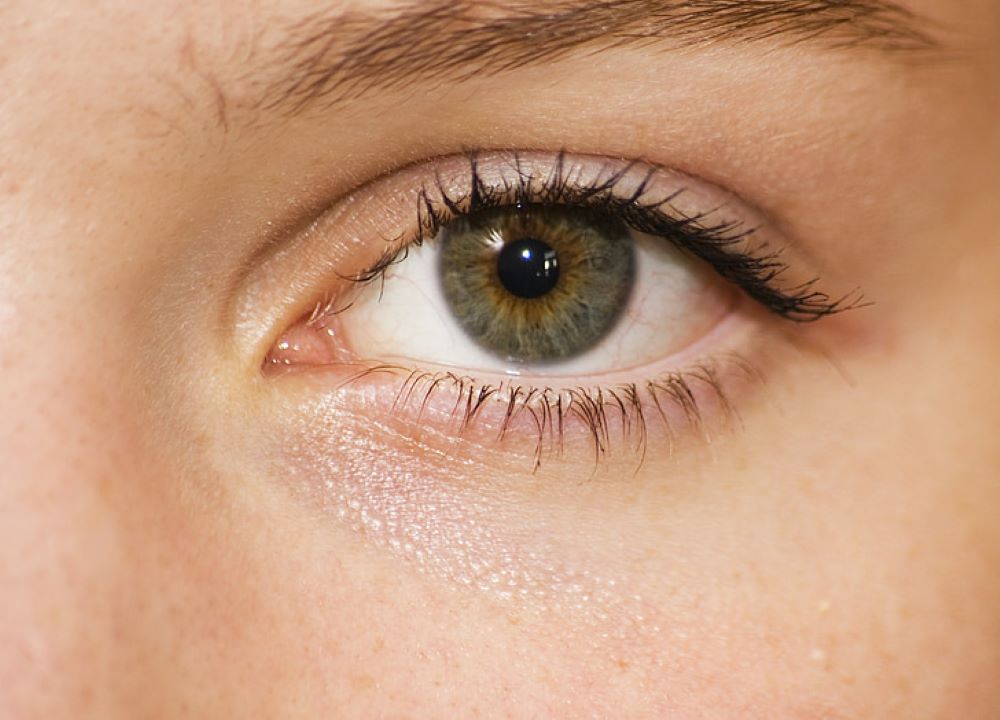Share This Article
Generally, there are several types and contact lenses Guid. For most people, the most suitable option are hydrogel or silicone hydrogel lenses. These are used to correct myopia, hypermetropia, astigmatism and presbyopia. There are Contact lenses to correct various types of refractive errors: myopia, hyperopia, astigmatism and eyestrain. Myopia is a defect characterized by blurred distance vision. People suffering from myopia have difficulty focusing on distant objects.
Hyoperopia is a defect that causes blurred near vision and eye fatigue. Astigmatism is the difficulty to focus on details both near and far. For example, people with astigmatism may find it difficult to differentiate between the letter R and the letter B at a distance and see them as similar. Eyestrain is a refractive defect that generally affects the near vision of people over 40 years of age.

As we have explained, there are several types of contact lenses depending on the material:
- soft contact lenses: these are the most commonly used and are characterized by a silicone texture. They are soft and can be made of hydrogel or silicone hydrogel.
- rigid contact lenses: contact lenses made of hard plastic. They are used in fewer cases although they are much healthier than soft lenses because the eye can receive more oxygen. They are also used for therapeutic purposes in cases of ocular diseases.

In order to put in soft contact lenses, you must follow the following steps:
1.wash your hands thoroughly with soap and water and dry them.
2. stand in front of a mirror
2. hold the contact lens with your index finger, also helping yourself with your thumb. Although the contact lenses appear thin, it is very difficult for them to break. Therefore, it is important to hold them securely and without any fear.
3. place the contact lens resting in the center on the index finger of the hand with which we normally work (dominant hand). The lens should be placed as flat as a plate and as close as possible to the fingernail.
4. pull down the lower eyelid.
5. tilt your head down and always keep your gaze towards the mirror to be able to see where you are placing the contact lens.
6. bring the contact lens towards the eye and attach it to the white area of the eye.
Once it is attached, the contact lens is placed on its own in the central area of the eye and you must look sideways moving your eyes and blink gently and not hard because the contact lens can jump.

Mor Posts for Contact Lenses

HOW TO PUT ON CONTACT LENSES GUID ?

HARD OR SOFT CONTACT LENSES ? WHICH IS BETTER ?

HOW TO CHOOSE CONTACT LENSES FOR EYESTRAIN


